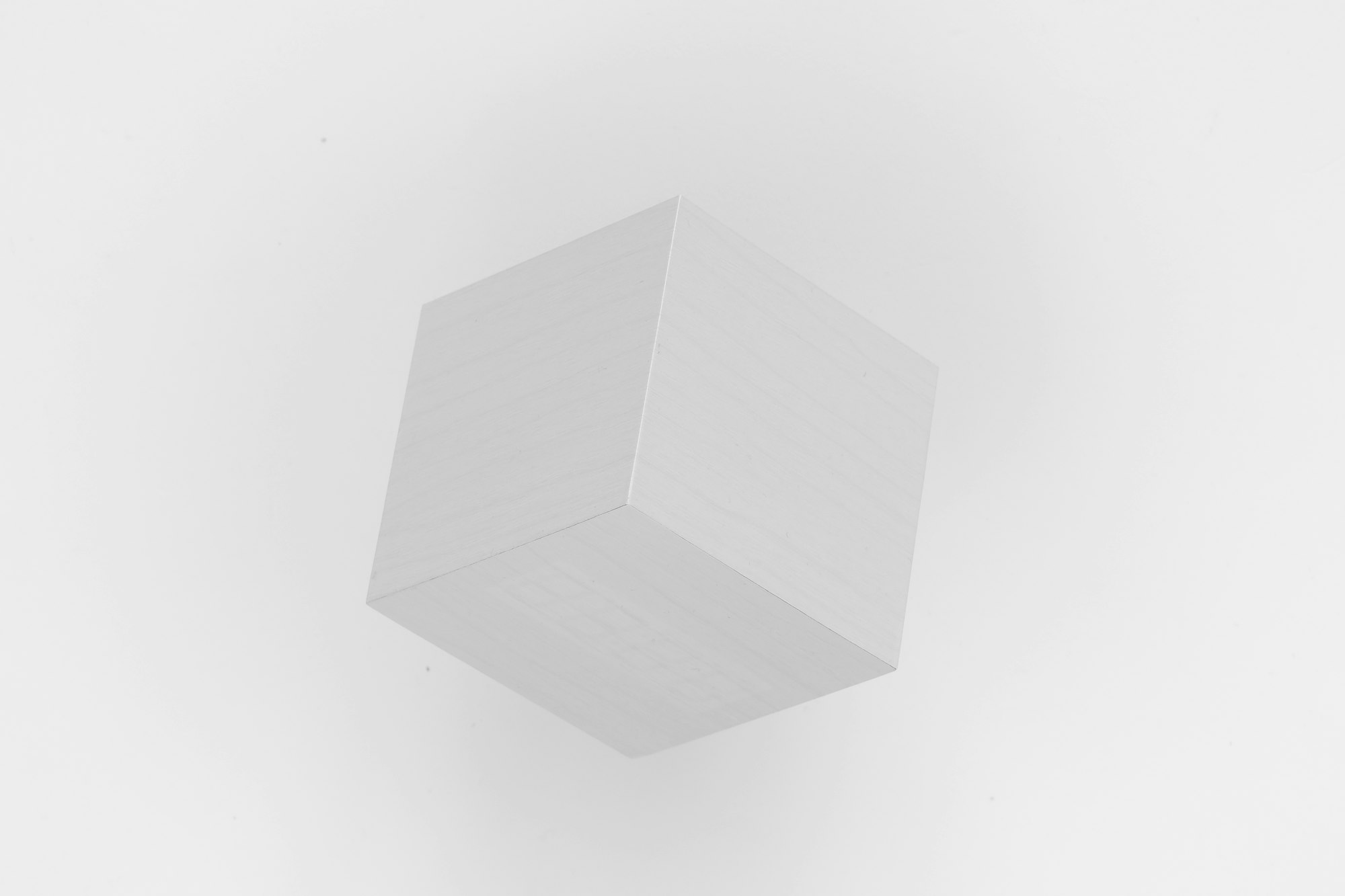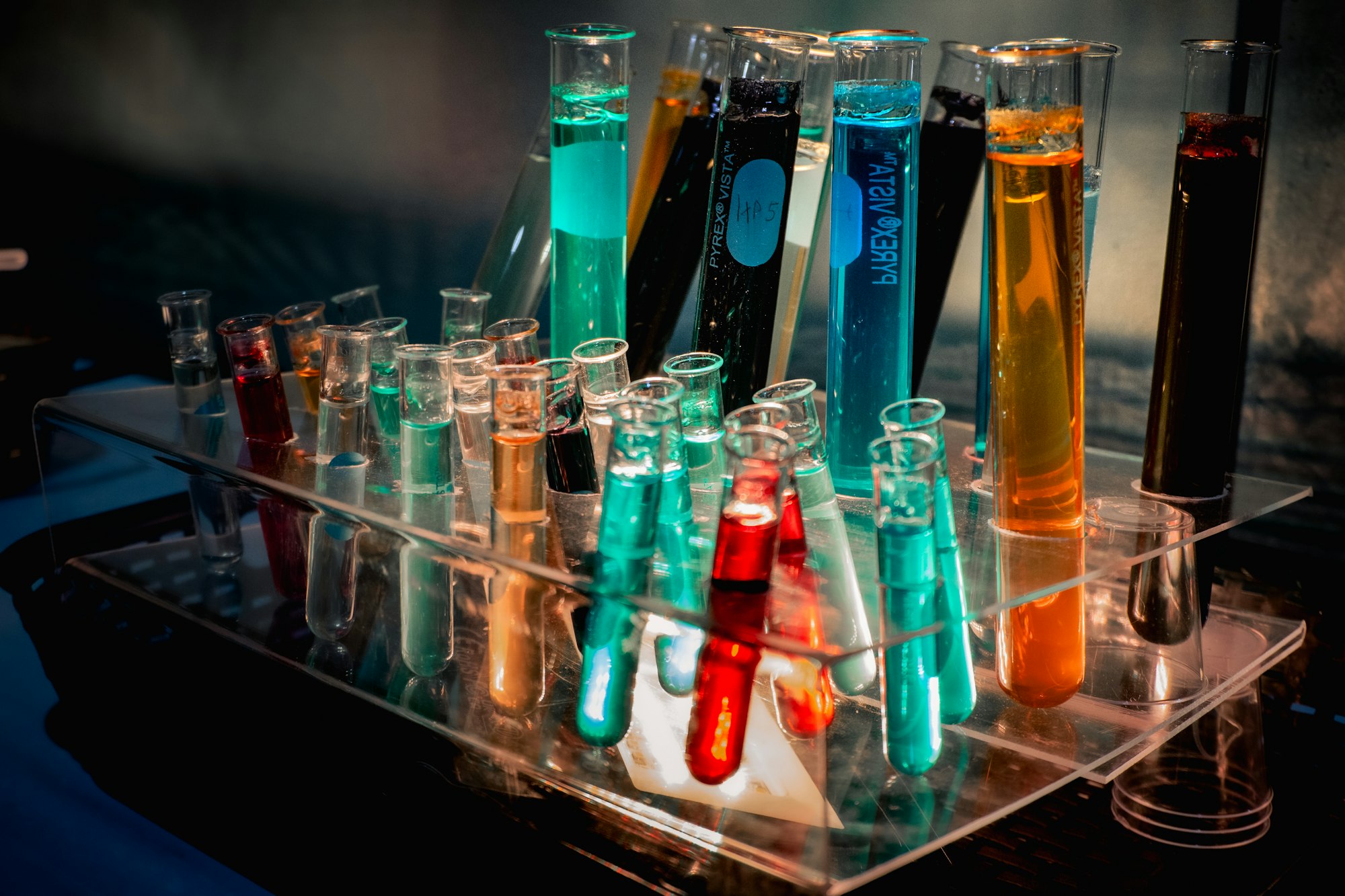Density

Have you ever wondered why oil floats above water? Me neither 😂 . But oh, well, here you are coming to learn about Density. So be our guest. Let's wonder about this together!
Density refers to the mass contained within a certain volume of a material.
The term 'density' is represented symbolically by the Greek letter rho (ρ).
We usually use three methods to calculate density.
Regularly Shaped Objects

To determine the density of a solid with a uniform shape, the necessary tools are:
- A scale
- A measuring rule
- Firstly, measure the object's width, height, and length
- Next, compute the object's volume by multiplying these three dimensions.
- Then, ascertain the object's mass using the scale
- Finally, apply the following formula to calculate the object's density:
Worked Example - How to calculate the density of regularly shaped objects
Let's calculate the density of a rectangular block.
Given:
- Length (l) = 10 cm
- Width (w) = 5 cm
- Height (h) = 2 cm
- Mass (m) = 100 grams
Step 1: Calculate the Volume
The volume (V) of a rectangular block is calculated using the formula:
V = l × w × h
Substituting the given values:
V = 10 cm × 5 cm × 2 cm = 100 cm3
Step 2: Calculate the Density
The density (ρ) is calculated as the mass (m) divided by the volume (V). The formula for density is:
ρ = m / V
Substituting the given values:
ρ = 100 grams / 100 cm3 = 1 g/cm3
So, the density of the rectangular block is 1 g/cm3.
Calculating the Density of Liquids

To calculate the density of a liquid, you'll need the following equipment:
- A balance
- A measuring cylinder
Follow these steps to determine the density:
- Measure the Mass of the Empty Measuring Cylinder: Use the balance to measure the mass of the empty measuring cylinder. Record this value for later use.
- Pour the Liquid into the Measuring Cylinder: Carefully pour the liquid into the measuring cylinder.
- Determine the Change in Mass: Place the filled measuring cylinder back onto the balance and measure the new mass. Calculate the change in mass by subtracting the mass of the empty measuring cylinder from the mass of the filled one.
- Measure the Volume of the Liquid: Use the markings on the measuring cylinder to measure the volume of the liquid accurately.
- Calculate the Density: Finally, use the following equation to calculate the density of the liquid:
Determining the Density of Irregularly Shaped Solids

To calculate the density of an irregularly shaped solid, you'll need the following equipment:
- A balance
- A measuring cylinder
Follow these steps to determine the density:
- Measure the Mass of the Object: Use the balance to measure the mass of the object. Record this value for later use.
- Displacement Method: Pour a known volume (denoted as 'x') of any liquid, such as water, into the measuring cylinder.
- Observe the Change in Volume: Gently drop the object into the liquid in the measuring cylinder and observe the change in volume. This change represents the volume of the object displacing the liquid.
- Calculate the Density: Finally, use the following equation to calculate the density of the object:Density=Mass of the ObjectVolume of the ObjectDensity=Volume of the ObjectMass of the ObjectBy dividing the mass of the object by its volume, you can determine its density.
Note: It's important to understand buoyancy when working with objects in liquids. If the density of the object is lower than that of the liquid, it will float. Conversely, if the density of the object is higher than that of the liquid, it will sink. This principle also applies to situations where two liquids with different densities cannot mix together.
Alternative to Practical - Density Simulation
Now that we have covered the three main ways of calculating density, here is a chance for you to try applying what you have learnt through the simulation below:
Densities of Common Materials
To provide additional context to this chapter, we are going a step further to give densities of common materials as examples:
| Common Materials | Density (g/cm³) | Common Materials | Density (g/cm³) |
|---|---|---|---|
| Water | 1.00 | Glass | 2.60 |
| Granite | 2.650 | Bone | 1.85 |
| Human Body | 0.995 | Butter | 0.94 |
| Ice | 0.917 | Carbon | 2.60 |
| Kerosene | 0.800 | Chalk | 2.36 |
| Salt | 2.200 | Coal | 1.50 |
| Sand | 2.800 | Cork | 0.25 |
| Sulfuric Acid | 1.840 | Gasoline | 0.72 |
***this is the end of this revision guide. Hope you enjoyed it! Thanks for using Igcsepro.org! We hope you will give us a chance to serve you again! Thank you!
Continue revising



